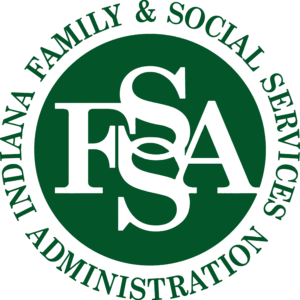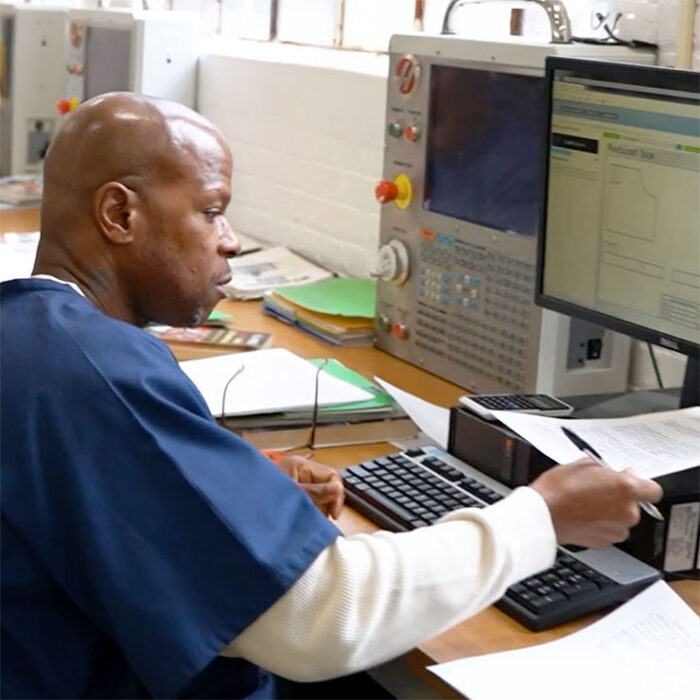IV&V Brings Sanity to Sprawling Technology Project
The increasing complexity of technology projects means they become overwhelming fast and, despite a significant investment of time and money, often don’t achieve their intended outcomes. Independent Verification and Validation brings our neutral, problem-solving team into the mix to head off pitfalls, facilitate tough conversations, and collaborate with vendors and stakeholders toward project success.

FSSA exists to help Hoosiers live healthier lives within engaged communities. Formed in 1991, it serves as a funding agency for health care and social services, administering services to more than 1.5 million Indiana residents through eight divisions: Division of Family Resources (DFR), Office of Medicaid Policy and Planning, Division of Disability and Rehabilitative Services (DDRS), Division of Mental Health and Addiction (DMHA), Division of Aging (DA), Disability Determination Bureau, Indiana 211, and Office of Early Childhood and Out-of-School Learning (OECOSL).
We’re proud to help organizations thrive, and we’d love to tell you more.
The Problem
Technology projects continue to become more complex, integrating systems and data sources to serve multiple (and sometimes competing) stakeholders and working to make sense of data in a meaningful way to serve business outcomes and real people. Within private and public organizations, the knowledge and ideas exist for implementing meaningful change by utilizing modern technology, but bringing them to fruition is a challenge. The increasing complexity of such projects means they become overwhelming fast and, despite a significant investment of time and money, often don’t achieve their intended outcomes.
Indiana’s Family and Social Services Administration (FSSA) experienced this trend firsthand in relation to implementing a case management solution. The desire to improve service delivery for employees and constituents was strong, and finding the right combination of technology, data, and project management expertise to achieve it brought another layer of challenge to this important undertaking.
FSSA enlisted the Resultant team for the Independent Verification and Validation (IV&V) it hoped would mitigate risk, bring clarity to the project, and ensure the successful outcome of its important care management effort.
For many years, FSSA had envisioned a modern, enterprise-level care management system that would help make service delivery seamless, enable data sharing among related government entities, and better serve users in- and outside the agencies. FSSA’s project scope was enormous, and so is the agency itself, which further complicated the endeavor. Developing a care management system that intuitively, securely, and efficiently brought resources to agencies and constituents meant overcoming legacy systems, outdated processes that had become cumbersome, and resistance to change among teams.
As with so many technology efforts of this size and scope, standard client-vendor initiatives hadn’t produced the desired outcome. Successive attempts over many years had left leadership and key stakeholders with doubts that success was possible. FSSA brought in Resultant as a neutral third party to bridge technical, business, communication, and project management gaps by providing Independent Verification and Validation (IV&V) services.
The Solution
For any IV&V engagement, our objective is to ensure success for all involved. We’re not ideologically on the side of the client or the vendors but a neutral problem-solving team who has long experience with bringing tough projects to fruition. We approach any engagement as an embedded team of pitfall spotters, tough conversation facilitators, and engaged helpers who don’t stop at spotting an issue but work with all invested parties to solve it.
Building trust is essential to our role and especially critical in an engagement where confidence and trust among the stakeholders has begun to erode. Starting by making sure everyone is heard creates a foundation. We initiate any engagement by talking with stakeholders at every level and across departments and agencies to gain insight into issues and needs but also to make ourselves known and seen: We’re here, and you can lean on us to help. Here, as in so many cases, we learned of previous attempts at building the system and heard from stakeholders and vendors about difficulties, which gave us the context for shaping an approach that would drive toward success.
Because we were coming into the project fresh, we were in a good position to serve not just as problem solvers and mediators but cheerleaders, building energy and keeping focus on the myriad citizens who rely on the services of FSSA.
Our efforts succeeded in building the necessary trust to collaborate with the project’s multiple vendors and facilitate a mid-project change of a key vendor. Our neutral position on the team and the stakeholders’ reliance on us for achieving success meant that we didn’t stop at identifying problems but contributed best practices and worked with all necessary parties to find solutions.
Our delivery of IV&V required the application of:
- Deep subject matter expertise
- Guidance and mentoring
- Mediation
- Risk mitigation
- Issue resolution
- Empathy
- Constant alignment
- Vendor oversight and support
- Knowledge transfer and continuity through a key development vendor change
- Meaningful reporting—getting the right information to the right people at the right time
The Outcome
FSSA’s investment in IV&V paid off in a Division of Aging care management system built in Microsoft Dynamics CRM—one that could serve as the foundation for an enterprise solution across FSSA. The system enabled the Division of Aging to improve service delivery to Indiana’s aged population. FSSA achieved the platform it needed to support improved, modernized service in April 2019.
Previously, keeping up with current needs held the agency in a cycle of spending; it now is better positioned to focus on achieving new features and enhancements that will better serve employees and constituents. Refining its approach to IV&V through this experience, the State of Indiana and the Indiana Office of Technology have improved practices in place to proceed with confidence and greater efficiency through subsequent projects.
FSSA now has the secure technology foundation not just to provide more efficient service but to respond to change down the road—and with less maintenance than it had required before the transition. FSSA serves more constituents in less time, and it has the data governance to continue streamlining and tailoring services to improve program reach and integrate services over time.


